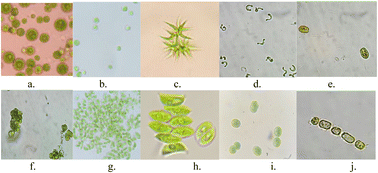Algae as a source of renewable energy: opportunities, challenges, and recent developments
Abstract
Sustainable production of renewable biofuels is being examined globally. First- and second-generation biofuels are not able to meet the demand. Third-generation biofuels use microalgae as the fuel feedstock and can, at least in principle, meet global demand. Microalgae can also become a carbon sink to minimize or even reverse fossil-carbon emissions. Despite their benefits, microalgae-to-fuel technologies have been stalled due to three barriers: the relatively low solar-energy-conversion efficiency of photosynthesis, substantial energy inputs for process operation, and the costs of harvesting and down-stream processing of microalgae biomass. Here, we describe the unique advantages that microalgae present based on their superior biochemical composition as fuel precursors, compared to first- and second-generation feedstocks. We review recent advancements in microalgal cultivation, harvesting, biofuel quality, and metabolic engineering. We also review non-fuel products that are promising for improving the economics of microalga cultivation via a biorefinery strategy. Taken together, these advancements lead to updated economic and environmental considerations that improve prospects for microalgal commercialization. In any case, moving microalgal-based biofuels and by-products to a large scale will require continued research and development to lower the cost of the produced feedstock and to ensure that algal biomass is acceptable for human consumption.



 Please wait while we load your content...
Please wait while we load your content...